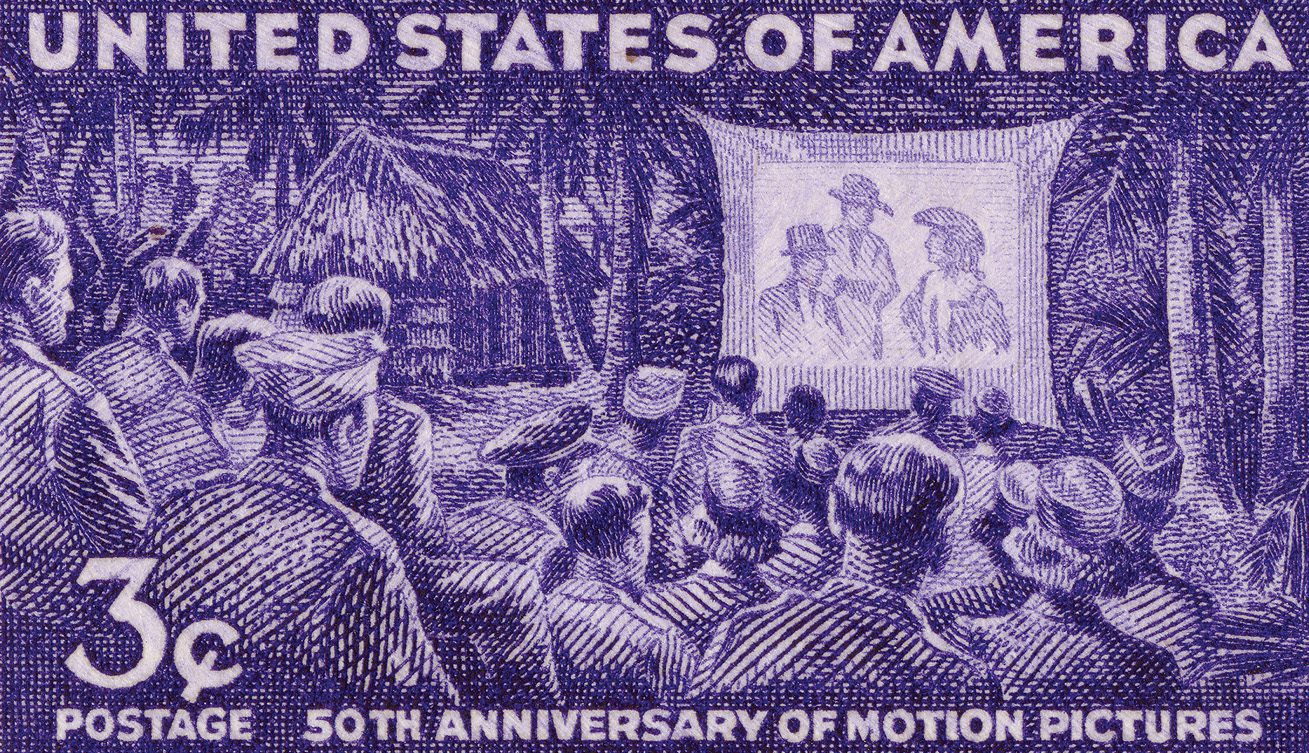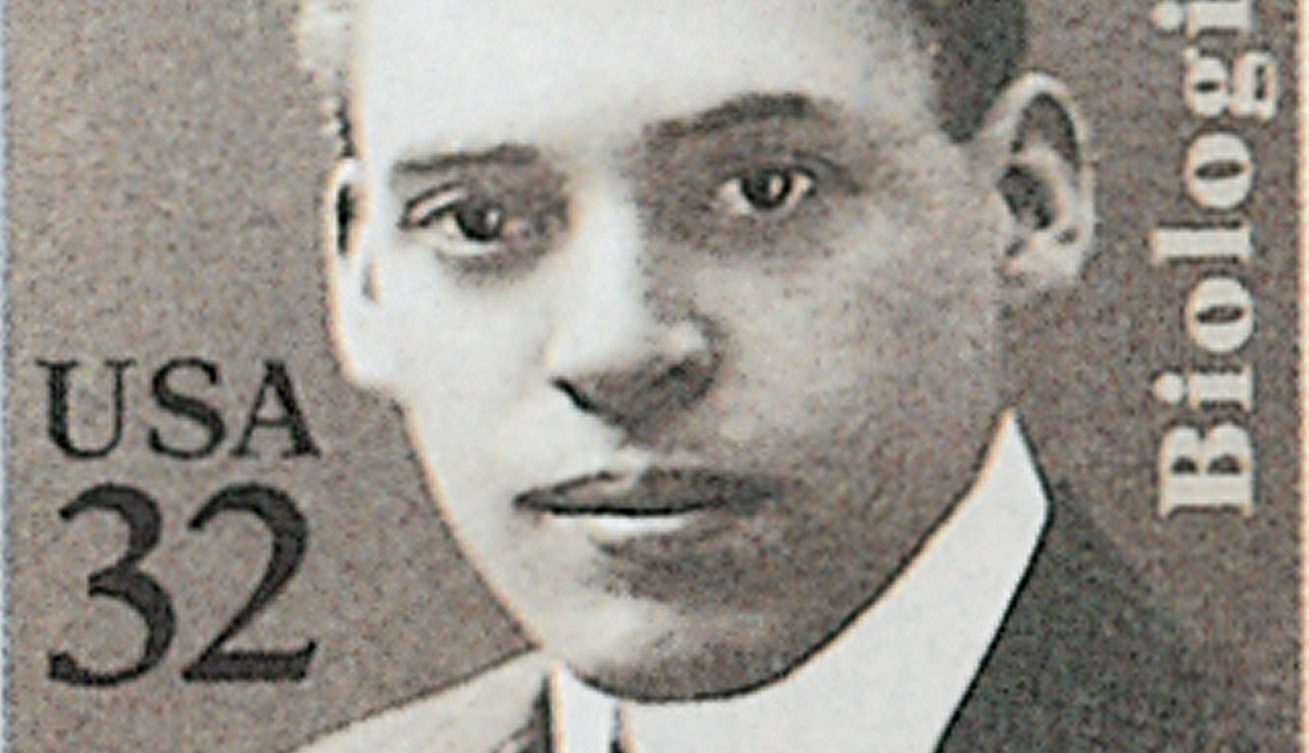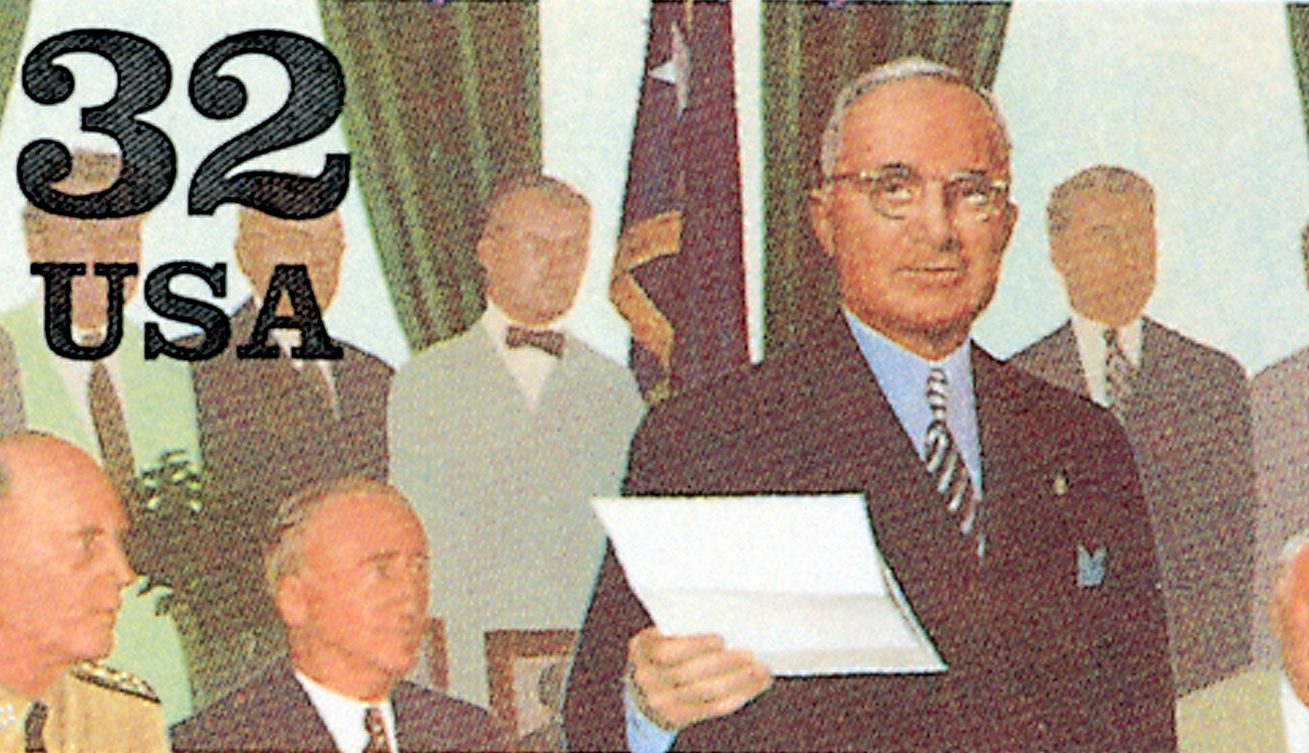Einstein’s Greatest Breakthrough
On November 21, 1905, Einstein published a paper that presented one of the world’s most famous formulas — E=mc2.

On November 21, 1905, Einstein published a paper that presented one of the world’s most famous formulas — E=mc2.

On October 23, 1972, President Richard Nixon signed legislation establishing the National Marine Sanctuary Program. This program protects and manages over 783,000 square miles of aquatic areas in and around the US.

On October 22, 1977, the New River Gorge Bridge opened to motorists in West Virginia. The longest single-span arch bridge and highest roadway bridge in the world at the time of its completion, it cut a treacherous 45 minute drive down to just one minute.

Adding to his long list of inventions, Thomas Edison tested his first motion picture film on October 6, 1889.

Severo Ochoa de Albornoz was born on September 24, 1905, in Luarca, Spain. Ochoa researched how cells build proteins like RNA, which earned him the Nobel Prize in 1956.

Ernest Everett Just was born on August 14, 1883, in Charleston, South Carolina. Just was an internationally renowned zoologist, known primarily for his work in marine biology.

On August 5, 1937, President Franklin Roosevelt signed legislation creating the National Cancer Institute. The institute researches cures and treatments for cancer and is the oldest and largest institute of the National Institutes of Health.

On July 16, 1945, members of America’s Manhattan Project held their first successful test of the atom bomb in Alamogordo, New Mexico.

On July 2, 1862, the Morrill Act was signed into law, promoting a new direction for American education. The act encouraged the creation of land-grant colleges that offered study in agriculture, science, and engineering.